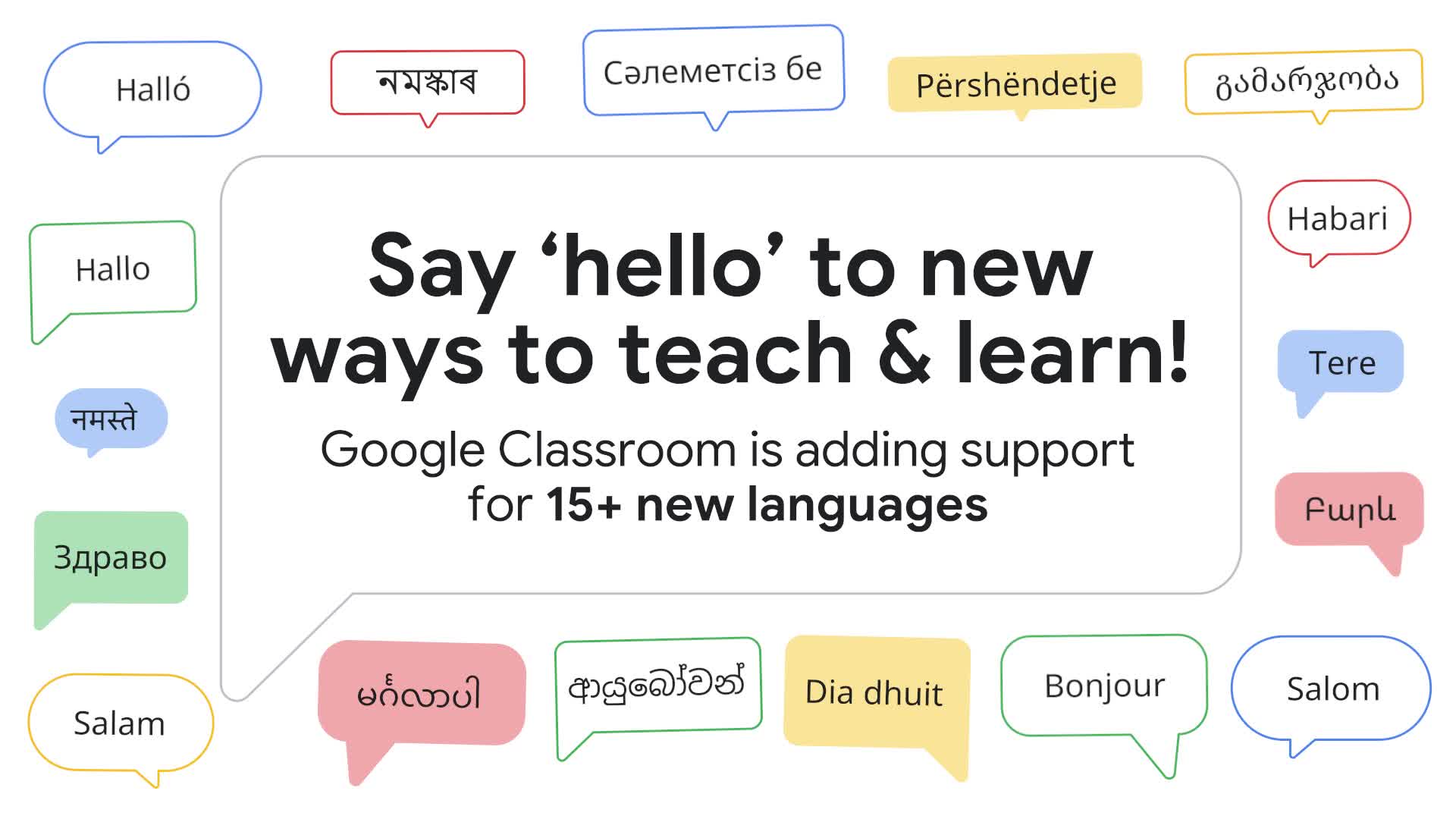Google Classroom Adds Support for Over 15 New Languages.

Google Classroom Expands Language Support
Google Classroom has always been dedicated to changing the education landscape globally. With the recent initiative, the platform now supports over 55 languages. To enhance accessibility for more users, Google Classroom is adding 17 additional languages for both web and mobile platforms.
New Languages Available Now
Currently, Google Classroom is rolling out support for the following languages:
- Afrikaans
- Assamese
- Estonian
- French Canadian
- Icelandic
- Kazakh
- Swahili
These languages aim to cater to educators and students from diverse linguistic backgrounds, helping bridge communication gaps in learning environments.
Upcoming Language Support
In addition to the languages that are now available, Google Classroom is set to introduce support for an additional 10 languages soon. These are:
- Albanian
- Armenian
- Azerbaijani
- Burmese
- Georgian
- Irish
- Macedonian
- Nepali
- Sinhala
- Uzbek
This addition demonstrates Google’s commitment to inclusivity in education by making their platform more user-friendly for non-native English speakers.
How Language Settings Work
To take advantage of the newly supported languages, users can adjust their settings:
- Web Experience: The language will switch automatically based on the settings of your Google Account.
- Mobile Devices: On mobile, the app will change the language according to the settings of the device or the specific app options.
It’s important to note that while the language settings are getting an upgrade, some features within Google Classroom might still have limitations in certain languages. For instance, tools like Read Along, Practice Sets, and Originality Reports may not be fully accessible in all languages.
Benefits of Multilingual Support
The expansion of language support in Google Classroom offers several advantages:
- Diverse Learning Environments: It allows students and teachers from various linguistic backgrounds to communicate more effectively.
- Enhanced Engagement: Learners are more likely to engage with lessons delivered in their preferred language.
- Reduced Barriers: Multilingual support helps minimize the difficulties faced by non-native speakers in understanding educational materials.
Conclusion
Google Classroom’s continuous effort to broaden its language support showcases its dedication to global education improvement. By catering to a wider audience, the platform is not just enhancing usability but also fostering a more inclusive learning environment for educators and students around the world.





